

Articles
How To Store Instant Yeast
Modified: August 27, 2024
Learn how to properly store instant yeast to maximize its shelf life and maintain its freshness. Discover helpful articles and tips for storing yeast effectively.
(Many of the links in this article redirect to a specific reviewed product. Your purchase of these products through affiliate links helps to generate commission for Storables.com, at no extra cost. Learn more)
Introduction
Welcome to the world of baking! Whether you are an avid baker or just starting out, one thing that is essential for successful baking is the use of yeast. Yeast is a microorganism that plays a crucial role in the process of fermentation, allowing dough to rise and giving bread its light and fluffy texture. While there are different types of yeast available, one popular choice among bakers is instant yeast.
Instant yeast, also known as rapid-rise yeast or quick-rise yeast, is a type of yeast that does not require proofing before use. It is highly active and can significantly shorten the rising time of dough. In addition to its convenience, instant yeast also offers consistent results and a longer shelf life compared to other types of yeast.
However, for your instant yeast to maintain its freshness and effectiveness, proper storage is essential. In this article, we will explore the importance of properly storing instant yeast, the factors to consider before storage, and the correct storage conditions to prolong its shelf life.
Key Takeaways:
- Properly storing instant yeast is crucial for maintaining its freshness, effectiveness, and baking success. Consider factors like temperature, moisture, and air exposure, and use correct storage conditions to maximize shelf life.
- Alternative storage methods, such as vacuum sealing and portioning, offer practical options for extending the shelf life of instant yeast. Experiment with these techniques to find the best approach for maintaining yeast freshness and potency.
Read more: How To Store Yeast Rolls
What is Instant Yeast?
Instant yeast, often called rapid-rise yeast or quick-rise yeast, is a type of dry yeast that is widely used in baking. It is made from the same strain of yeast as active dry yeast, but it is processed differently, giving it unique qualities that make it convenient and efficient to use.
Unlike active dry yeast, which needs to be dissolved in water or proofed before use, instant yeast can be added directly to the dry ingredients in a recipe. It doesn’t require any hydration time and starts working immediately when it comes into contact with moisture.
The main advantage of using instant yeast is its fast-acting nature. It has been specially formulated to provide a quick rise, cutting down the traditional rise times of dough significantly. This is why recipes that call for instant yeast typically have shorter rising and proofing times compared to those using other types of yeast.
Another benefit of instant yeast is its consistency. It produces reliable and consistent results, giving your baked goods a uniform texture and structure. Whether you’re baking bread, rolls, pizza dough, or any type of yeasted pastry, using instant yeast can help ensure consistent and predictable outcomes.
It’s worth noting that you can substitute instant yeast for active dry yeast in recipes, although the conversion amounts may vary. Generally, you can use about 25% less instant yeast than active dry yeast, as it is more potent. However, always refer to the recipe instructions or consult a trusted baking resource for specific conversion guidelines.
Overall, instant yeast offers a convenient and efficient solution for home bakers who want to enjoy freshly baked goods without the long wait times. Its quick action and reliability make it a popular choice in the baking community.
Importance of Properly Storing Instant Yeast
Properly storing instant yeast is crucial to maintain its freshness and effectiveness. When exposed to air, moisture, heat, or other unfavorable conditions, yeast can lose its potency, resulting in failed attempts at baking. Here’s why proper storage is important:
- Prolongs shelf life: Instant yeast typically has a longer shelf life compared to other types of yeast. Proper storage can help extend its lifespan even further, allowing you to keep a stock of yeast on hand for all your baking needs.
- Maintains yeast activity: Yeast is a living organism, and its activity and effectiveness can diminish over time if not stored properly. By providing the right storage conditions, you can ensure that the yeast remains active and ready to leaven your dough.
- Saves money: By storing instant yeast correctly, you minimize waste and the need for frequent replacements. This can help save money in the long run, as you won’t have to constantly purchase new yeast due to it losing its potency.
- Preserves baking quality: Properly stored yeast maintains its strength, ensuring that your baked goods rise properly. This results in bread, rolls, and other yeast-based treats with the ideal texture, volume, and aroma.
It’s important to note that incorrect storage can lead to several issues, including yeast that doesn’t rise properly, dough that fails to double in size, and baked goods that are dense and lack flavor. By taking the time to store your instant yeast correctly, you’ll be setting yourself up for baking success.
Before you dive into the proper storage methods for instant yeast, it’s essential to consider a few factors that can affect yeast stability and longevity. Understanding these factors will help you make informed decisions when it comes to storing your yeast for optimal results.
Factors to Consider Before Storing Instant Yeast
Before you embark on storing your instant yeast, it’s important to consider a few factors that can impact its stability and shelf life. By understanding these factors, you can make informed decisions and ensure that your yeast remains fresh and effective:
- Temperature: Yeast is sensitive to temperature fluctuations. Both high temperatures and extreme cold can affect its viability. It’s important to store instant yeast at a temperature range of 32-50°F (0-10°C) to maintain its activity. Avoid exposing it to direct sunlight or placing it near heat sources like ovens or stovetops.
- Moisture: Yeast is highly sensitive to moisture, which can activate it prematurely and cause it to lose its effectiveness. Make sure to store instant yeast in a dry environment to prevent any moisture absorption. Avoid storing it near damp areas, such as the sink or fridge.
- Air Exposure: Exposure to air can also affect the potency of instant yeast. It’s important to keep it sealed tightly in its original packaging or transfer it to an airtight container. This will prevent air from entering and causing the yeast to lose its strength.
- Usage Frequency: If you are an occasional baker, it’s a good idea to purchase instant yeast in smaller quantities. This way, you can use it within its expiration date, ensuring maximum freshness. For frequent bakers, buying larger quantities and storing them properly can be a cost-effective option.
- Storage Duration: Instant yeast has a longer shelf life compared to other types of yeast, but it does have an expiration date. It’s important to check the package for the “best by” date and use it before that time for optimal results. Even when properly stored, yeast can lose its effectiveness over time.
By taking these factors into account, you’ll be well-prepared to store your instant yeast in the ideal conditions, ensuring its longevity and effectiveness. Now let’s explore the correct storage conditions for instant yeast to maximize its shelf life.
Store instant yeast in an airtight container in the refrigerator or freezer to extend its shelf life. Make sure to bring it to room temperature before using.
Correct Storage Conditions for Instant Yeast
To keep your instant yeast fresh and active for as long as possible, it’s crucial to store it under the right conditions. Here are the correct storage conditions to ensure the best shelf life for your instant yeast:
- Cool and Dry Location: Choose a cool and dry location to store your instant yeast. The ideal temperature range is between 32-50°F (0-10°C). A pantry or cupboard away from heat sources, such as ovens and direct sunlight, is an excellent choice.
- Airtight Container: Once opened, transfer the instant yeast to an airtight container or resealable bag. This prevents moisture and air from getting in, which can affect the yeast’s potency. Be sure to squeeze out any excess air before sealing the container.
- Refrigeration: While not necessary, refrigeration can further extend the shelf life of instant yeast. If you live in a warm and humid climate, or if you have a large quantity of yeast that won’t be used quickly, storing it in the refrigerator can help maintain its freshness and effectiveness.
- Freezer Storage: For long-term storage, you can also freeze instant yeast. Transfer it to an airtight container or freezer bag, removing as much air as possible. Frozen instant yeast can remain viable for up to a year or more. When ready to use, allow it to come to room temperature before incorporating it into your dough.
- Labeling: It’s always a good practice to label your container or bag with the date of purchase or expiration. This will help you keep track of the yeast’s freshness and ensure that you use it within a reasonable timeframe.
Remember, maintaining the correct storage conditions for your instant yeast is essential for optimal results. By storing it in a cool and dry place, using airtight containers, and considering refrigeration or freezing for long-term storage, you can maximize the shelf life of your yeast and enjoy consistent baking success.
However, if you prefer alternative storage methods for your instant yeast, keep reading to explore other options that can also help keep your yeast fresh and effective.
Read more: How To Store Brewers Yeast
Alternative Storage Methods for Instant Yeast
In addition to the traditional storage methods mentioned earlier, there are a few alternative storage methods for instant yeast that you can consider. These methods can be practical and effective, depending on your specific needs. Let’s explore some of these alternatives:
- Vacuum Sealing: Vacuum sealing is a great option for long-term storage of instant yeast. By removing all the air from the packaging, you can significantly extend its shelf life. Invest in a vacuum sealer and vacuum seal individual portions of yeast before storing them in a cool, dry place.
- Portioning and Freezing: If you typically use small amounts of yeast in your baking, consider portioning the instant yeast into individual serving sizes. You can use small ziplock bags or ice cube trays to separate the yeast into smaller portions. Freeze these individual portions and thaw them as needed, making it easy to control the quantity of yeast used in each recipe.
- Store in the Fridge Door: If you have limited space in your refrigerator or if your pantry doesn’t offer the ideal storage conditions, consider storing your instant yeast in the fridge door. The fridge door tends to be slightly warmer than the rest of the fridge, making it a suitable location for storing yeast without exposing it to extreme temperatures.
- Using Oxygen Absorbers: Oxygen absorbers are small sachets that remove oxygen from the packaging, helping to preserve the freshness of the contents. You can add an oxygen absorber to the container or bag where you store your instant yeast to minimize the oxidation process and extend its shelf life.
- Replenishing Supply: As your supply of instant yeast starts to diminish, it’s a good idea to replenish it with a fresh package. This ensures that you always have access to yeast at its peak freshness and potency, resulting in better baking results.
Remember, when opting for alternative storage methods, it’s essential to still follow the basic principles of proper yeast storage. Keep your instant yeast in a cool, dry, and airtight environment to maintain its effectiveness.
By experimenting with these alternative storage methods, you can find an approach that works best for you and ensures that your instant yeast remains fresh and ready to elevate your baking creations.
Now that we’ve covered the alternative storage techniques, it’s time to wrap up our discussion on storing instant yeast.
Conclusion
Properly storing instant yeast is essential for maintaining its freshness and effectiveness, ultimately leading to successful baking results. By considering factors such as temperature, moisture, air exposure, usage frequency, and storage duration, you can make informed decisions about storing your yeast.
The correct storage conditions for instant yeast include storing it in a cool and dry location, sealing it in an airtight container, and considering refrigeration or freezing for long-term storage. Labeling the container with the purchase or expiration date is also recommended to track its freshness.
Additionally, alternative storage methods such as vacuum sealing, portioning and freezing, storing in the fridge door, using oxygen absorbers, and replenishing the supply can be practical options to further extend the shelf life of instant yeast.
By following these guidelines, you can ensure that your instant yeast remains fresh, active, and ready to leaven your dough properly. This results in delicious bread, rolls, pizza dough, and other baked goods with the ideal texture, volume, and flavor.
So, the next time you bring home a package of instant yeast, remember to give it the proper storage it deserves. With the right conditions, your yeast will continue to be a reliable ally in your baking adventures.
Now, armed with the knowledge of how to store instant yeast effectively, go forth and create mouthwatering baked goods that will delight yourself and others.
Frequently Asked Questions about How To Store Instant Yeast
Was this page helpful?
At Storables.com, we guarantee accurate and reliable information. Our content, validated by Expert Board Contributors, is crafted following stringent Editorial Policies. We're committed to providing you with well-researched, expert-backed insights for all your informational needs.
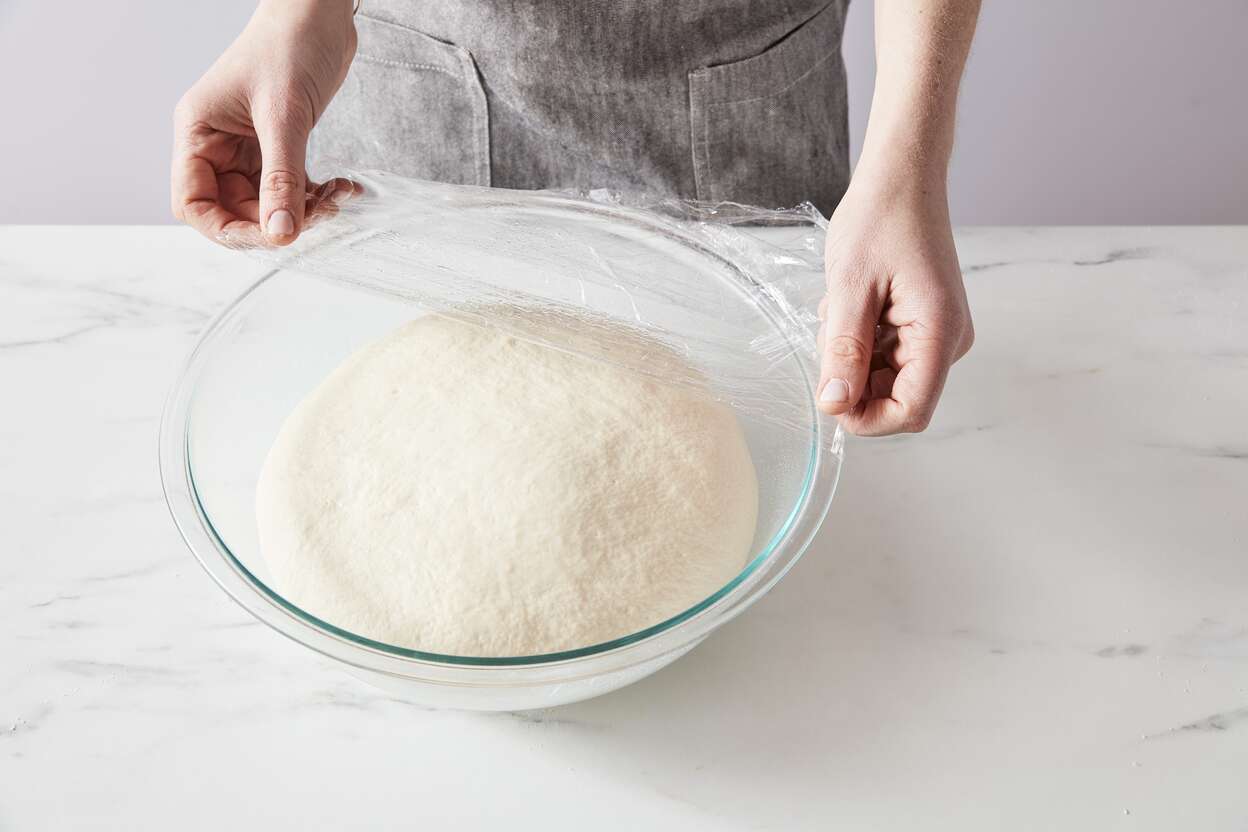
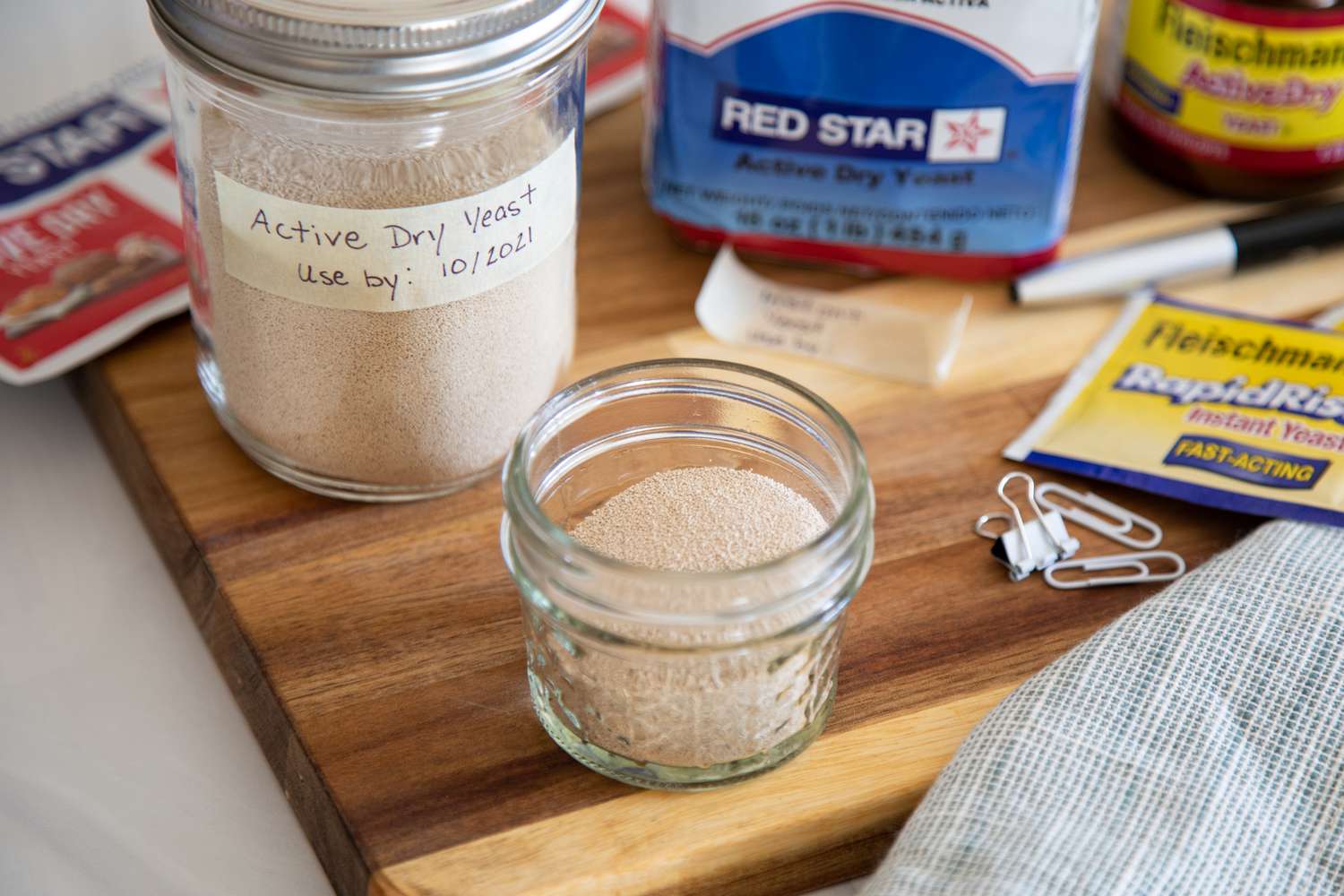
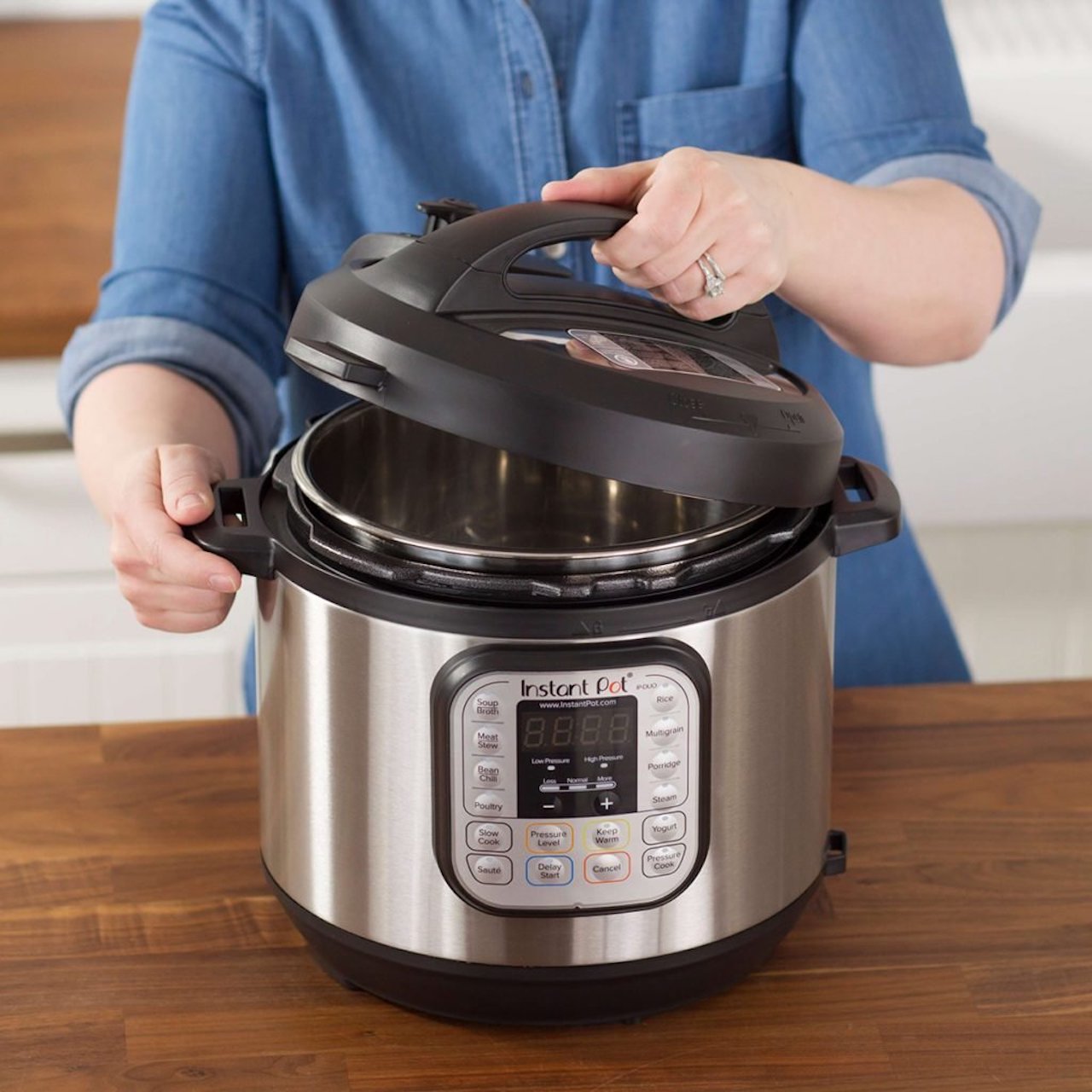

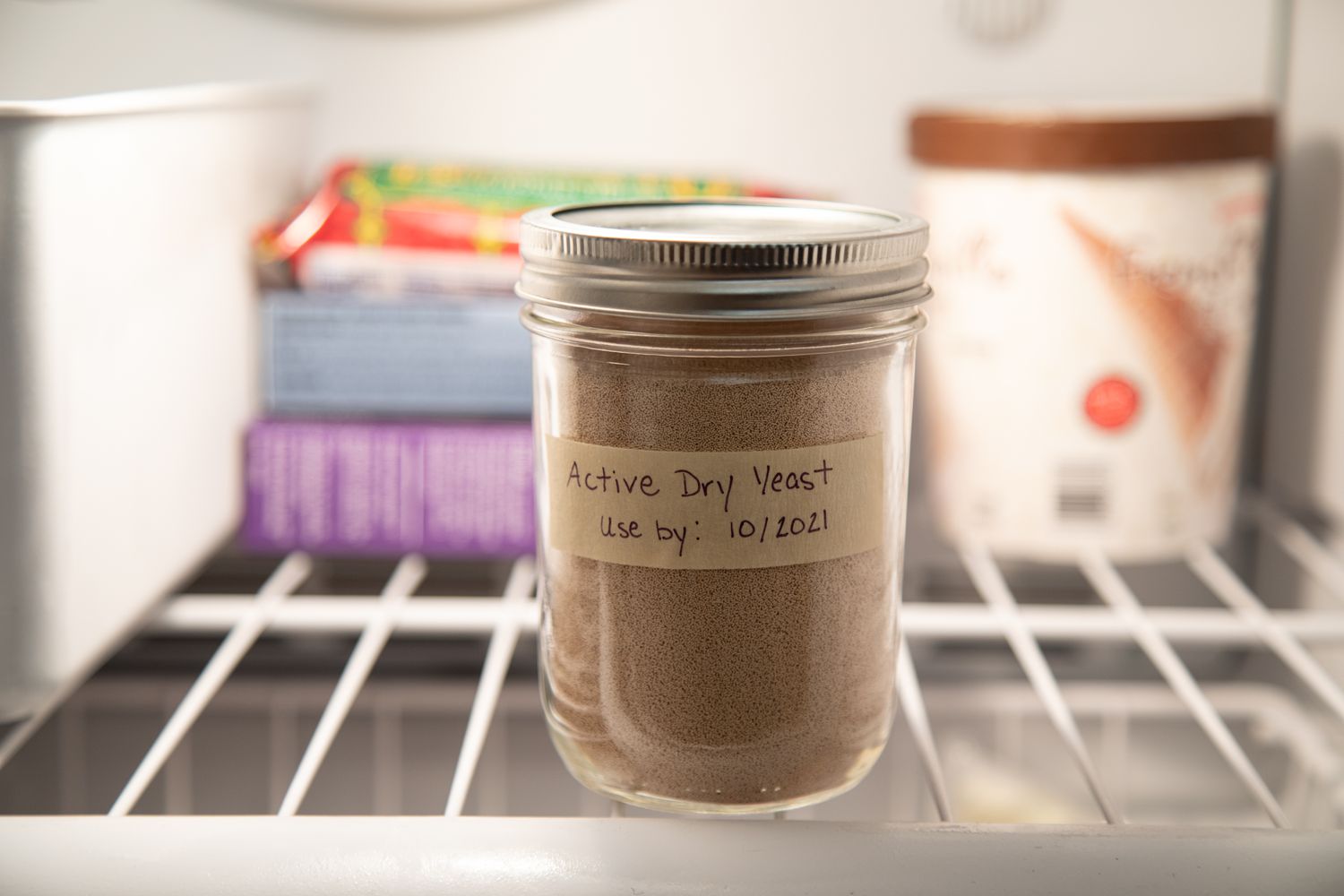

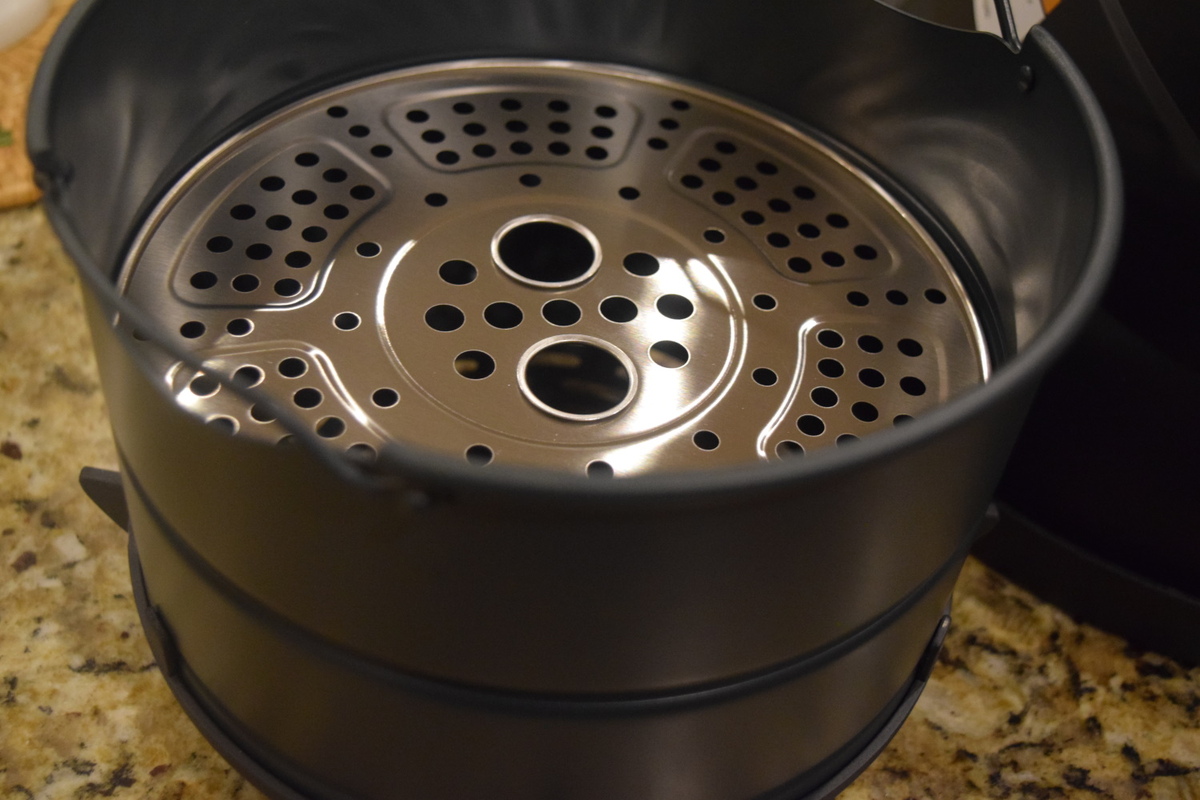


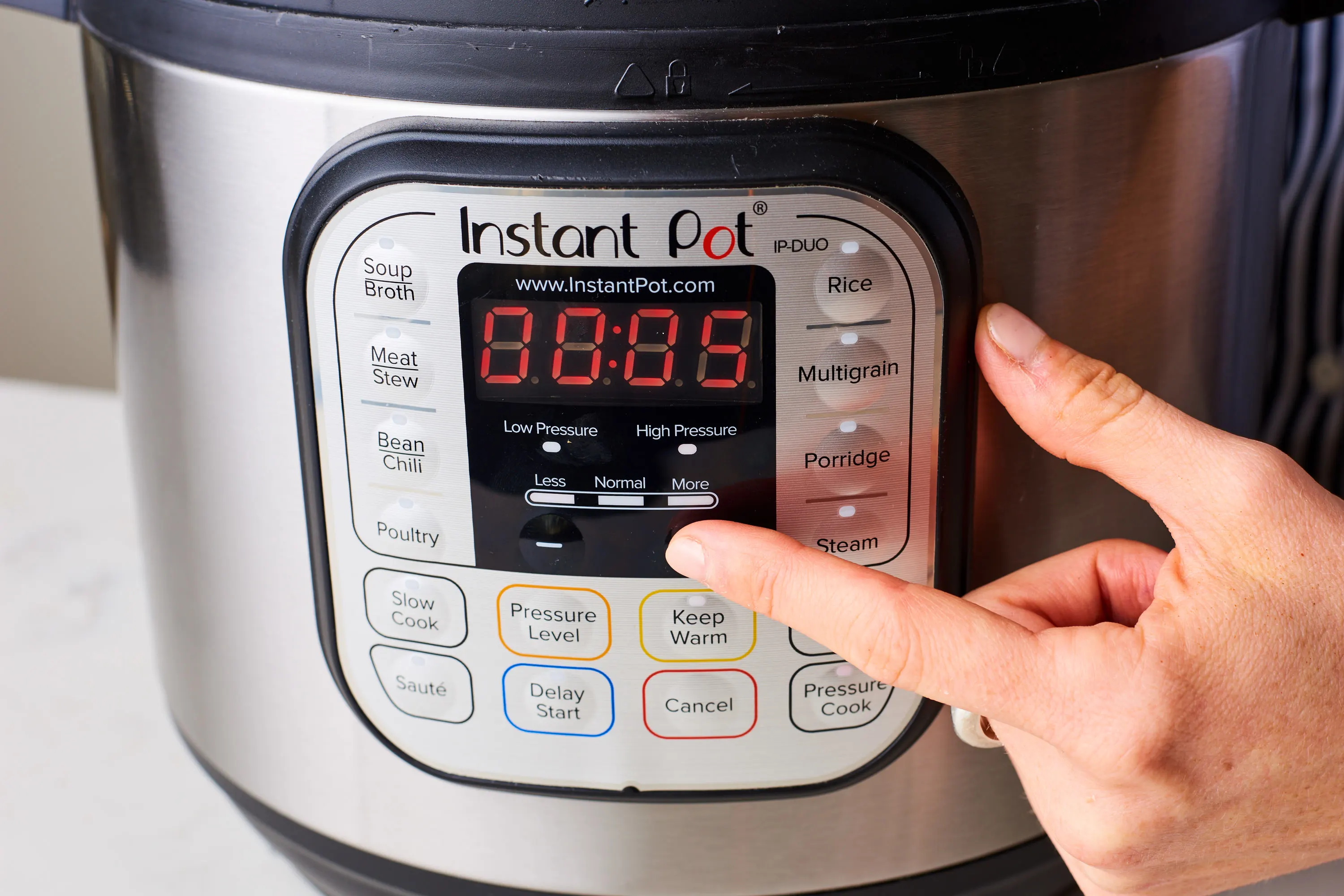


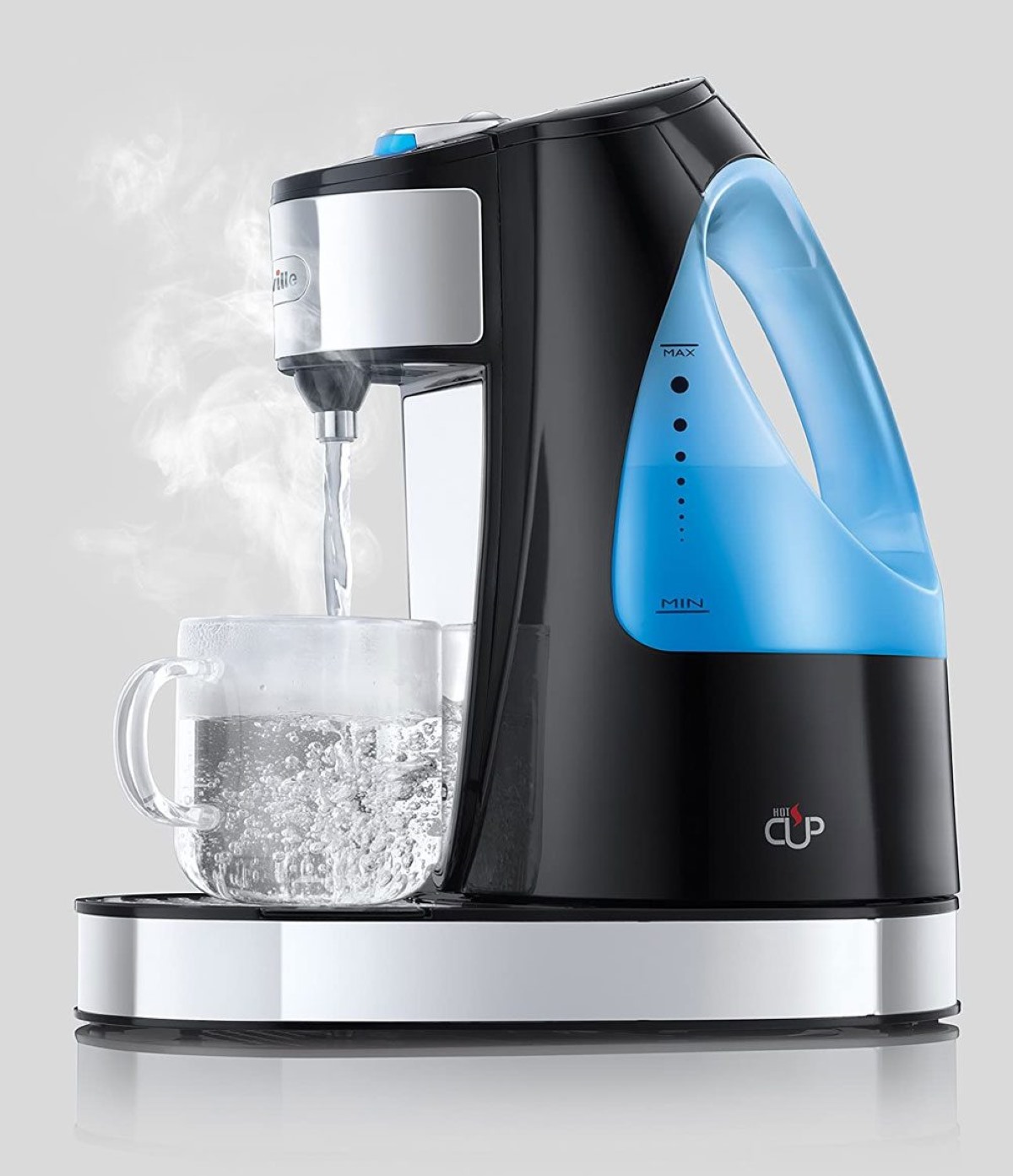


0 thoughts on “How To Store Instant Yeast”